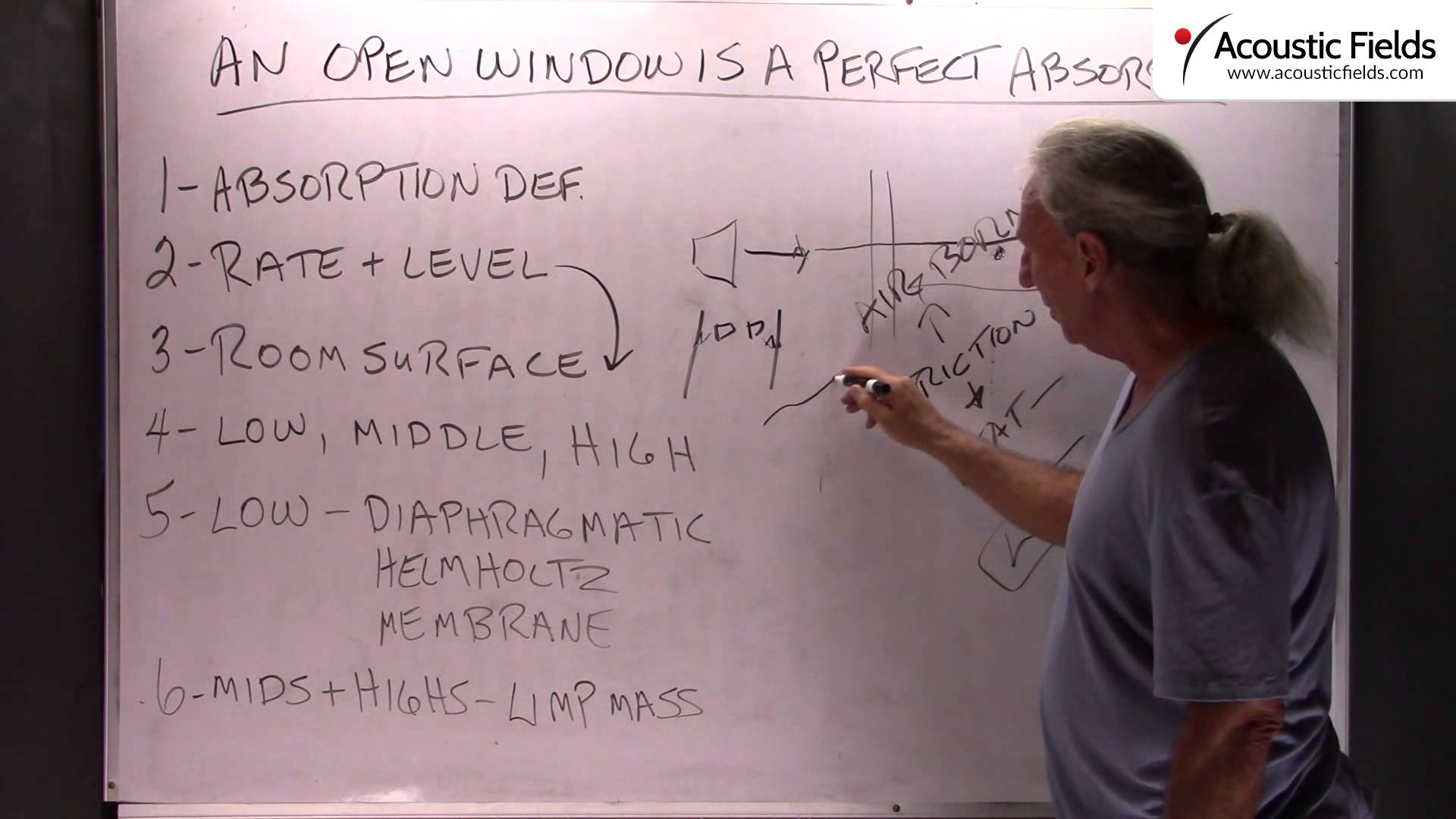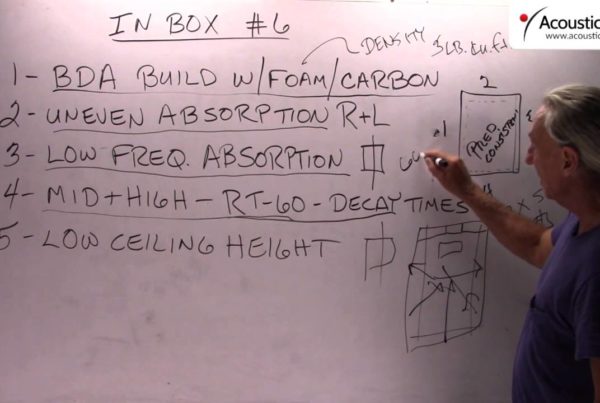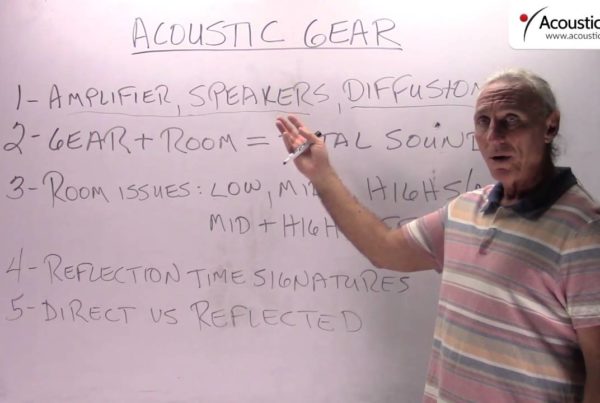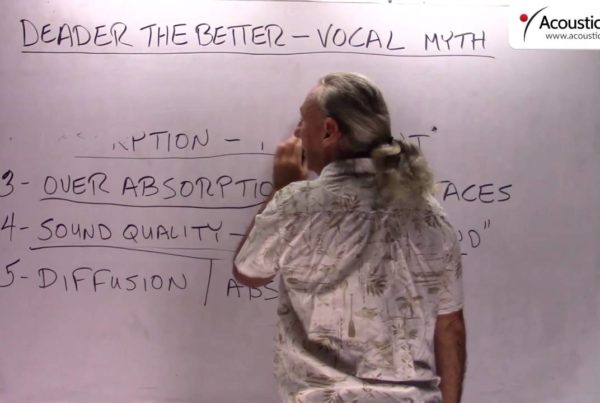Imagine that we have an open window and a sound source. Energy leaves through the window, goes out into space and does not come back. Not this energy. Maybe other energy from the outside does, but not this energy. So it is perfect in the fact that it goes through the open window, leaves our room and never comes back.
What is the definition of absorption, what are we trying to do? We are trying to do an energy transformation, we are trying to take process and create friction. That friction produces heat, which produces loss. We go from airborne to friction, to heat, to loss. If you have cells in your foam, the energy goes into the cell and around the cell, hopefully not much of it comes out, but some will in certain frequencies. So it is this interaction of the energy within each cell that gives you the friction which causes the heat, which causes the energy transformation or loss of that energy.
We have to be cognizant of our definitions here. That is why I say an open window is a perfect absorber because sound goes through it and doesn’t come back. Same with our products that we create. We try to create a particular rate and level of absorption with the product because that rate or level of absorption is directly related to what room surface we apply it on. And the most critical surface is those side walls. The rate level of absorption on those sidewalls must be controlled and managed correctly. And you want the kind of absorption curve on your product that you are using that is smooth, more conducive, more in line with the way we hear, absorbing the right amount at the right frequency, not over absorbing any one particular frequency.
So the application of sound absorption technology on the particular room surface at the proper rate and level will get you your acoustic your acoustic result. We have 3 types of energy that we have to deal with: low, middle and high frequency. Low is always the problem, because we are dealing with big waves, so we need big technology to stop big waves. You need lots of mass, you need lots of density and you need a science that reacts to pressure. Very important, we have the three types: diaphragmatic, Helmholtz and membrane. And we have got through those numerous times, I won’t touch on them today. Membrane is the cousin of diaphragmatic, Helmholtz is a completely different animal, more frequency specific. The mids and highs we usually control with mass materials, your foams, I hate to say this, but your building insolations and things like that. Anything that has an impact on molecular velocity as the molecules of the air moves through the limp mass material, create the friction, create the heat which makes the energy transform. So, completely different energies completely different techniques, and absorption is a real popular technology that we use today constantly. Thank you!
—
This is an unedited transcript from our video series from Acoustic Fields. There will be some errors in grammar and sentence structure that occur during this translation process.
For complete understanding and comprehension, please view the video which is included in this text. For any additional information regarding this topic or others relating to room acoustics, please contact us directly at:
P: 520 – 392 – 9486








Hi Dennis,
Would you consider a open window with louvers as a perfect absorber as well? We would have reflections of the louvers but intuitively, I can’t help but feel that the incident energy has escaped completely.
Keen to hear your thoughts.
Kind regards,
Magaesh
M, It is a perfect absorber because sound leaves and never returns.